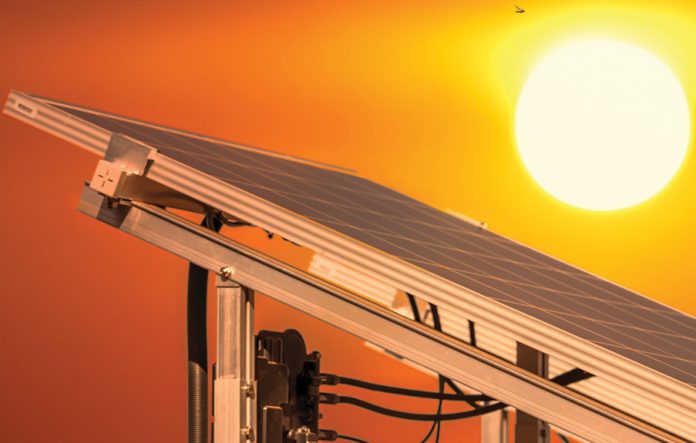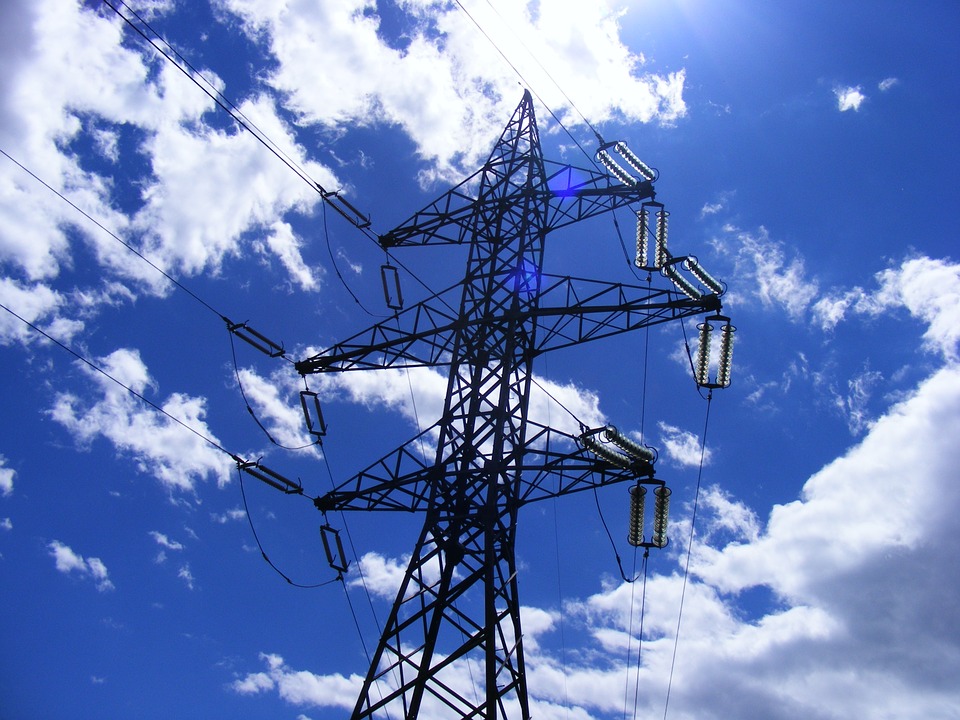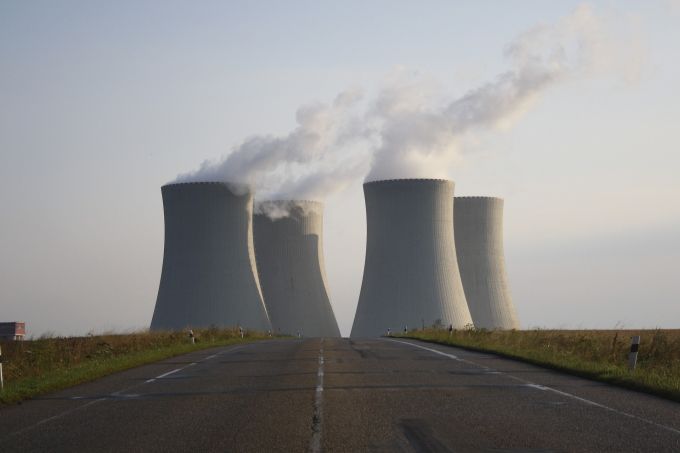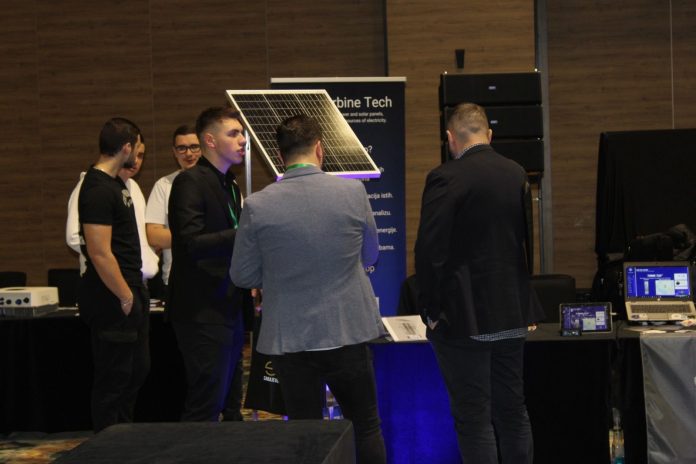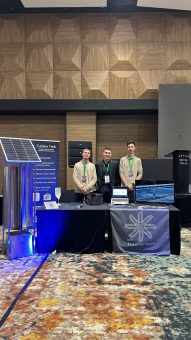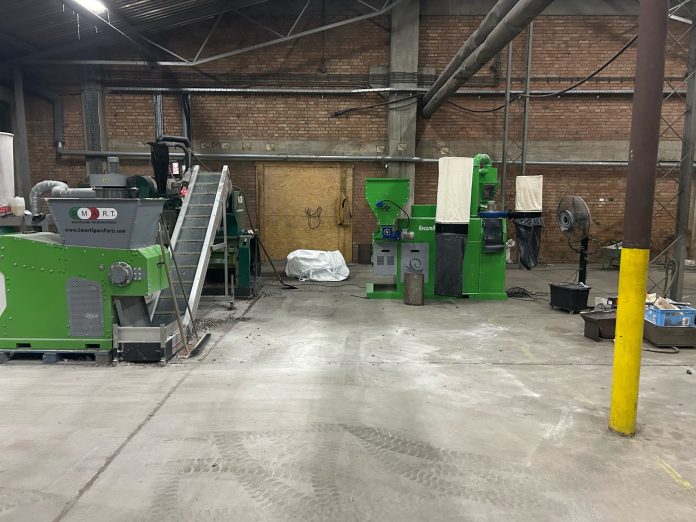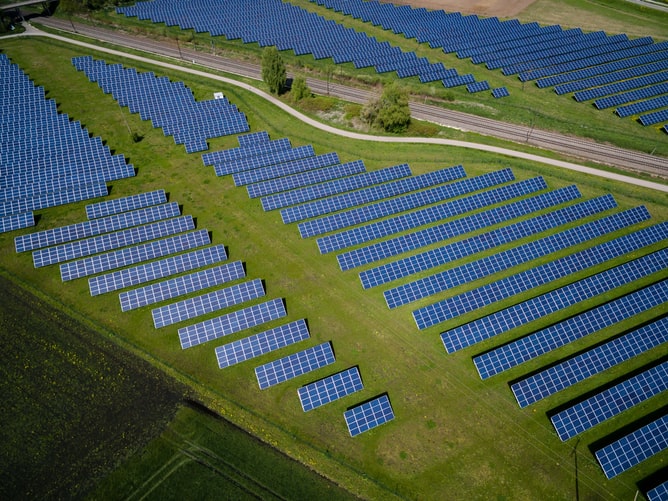Heatwaves brought record temperatures to Europe in June and July 2025, with some areas exceeding 40 °C, posing serious challenges for the electricity system due to a sudden spike in power consumption.
The biggest contributor to the surge in demand was air conditioning use – during the hottest days, electricity consumption rose by up to 14 percent. At the same time, thermal power plants experienced outages, further straining the grid and leading to a significant increase in electricity prices. In some countries, prices even tripled, surpassing 400 euros per megawatt-hour during evening hours, according to EMBER.
Compared to June 24, average daily electricity prices during the heatwave rose by 15 percent in Spain, 106 percent in Poland, 108 percent in France, and as much as 175 percent in Germany.
Heatwaves also caused power lines to overheat, which in Italy led to failures and further hindered cooling at thermal power plants. As a result, many facilities had to reduce capacity, and some were forced to shut down entirely. In France and Switzerland, nuclear power production was also reduced due to elevated air and water temperatures, which hampered reactor cooling. In France, 17 out of 18 nuclear plants faced operational restrictions.
More:
- Switzerland Tests Solar System Between Railway Tracks
- Solar Energy Leads the Way to Achieving the Goal – Tripling Renewables by 2030
- New Generation of Solar Cells – Fully Recyclable and Environmentally Friendly
Heatwaves and Solar Energy
Despite the challenges, June 2025 was the most productive month in EU history in terms of solar energy generation – 45 TWh were produced, 22 percent more than in the same month the previous year.
In Germany, at the peak of the heatwave, solar energy was generating up to 50 GW, covering nearly 40 percent of the country’s total electricity consumption.
Although solar power significantly contributes to supply during the day and helps ease pressure on the grid, the problem arises in the evening when production drops but demand remains high – pushing prices upward. That’s why key solutions include the development of battery storage, more flexible consumption, and dynamic pricing, to enable excess solar energy to be used even after sunset.
Heatwaves, which are expected to become more frequent, clearly show that without smart grid management and investments in renewables – along with storage capabilities and better interconnections – there can be no stable supply or energy security in the face of climate extremes.
Energy portal

